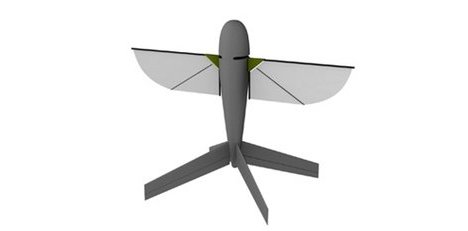Via Hack-A-Day, the oddballs at Backyard Brains demonstrate a prototype technoexoskeletal assembly for the remote control of insect pests on the move. Shorter version: RoboRoach!

And via Kyle Munkittrick, (software) RoboLawyers:
The most basic linguistic approach uses specific search words to find and sort relevant documents. More advanced programs filter documents through a large web of word and phrase definitions. A user who types “dog” will also find documents that mention “man’s best friend” and even the notion of a “walk.”
The sociological approach adds an inferential layer of analysis, mimicking the deductive powers of a human Sherlock Holmes. Engineers and linguists at Cataphora, an information-sifting company based in Silicon Valley, have their software mine documents for the activities and interactions of people — who did what when, and who talks to whom. The software seeks to visualize chains of events. It identifies discussions that might have taken place across e-mail, instant messages and telephone calls.
Then the computer pounces, so to speak, capturing “digital anomalies” that white-collar criminals often create in trying to hide their activities.
For example, it finds “call me” moments — those incidents when an employee decides to hide a particular action by having a private conversation. This usually involves switching media, perhaps from an e-mail conversation to instant messaging, telephone or even a face-to-face encounter.
I should probably stop being so publicly disparaging about the legal industries, really, lest these expert systems crawl all my online witterings and decide to set me up for a fall…
 One of my favourite[1] plausible science fictional tropes is that of tiny robotic insects. The latest step towards their instantiation has been taken by researchers in Sweden, Spain, Germany, Italy, and Switzerland as they put forward their conception of how
One of my favourite[1] plausible science fictional tropes is that of tiny robotic insects. The latest step towards their instantiation has been taken by researchers in Sweden, Spain, Germany, Italy, and Switzerland as they put forward their conception of how  The world’s smallest free-flying device has successfully flown. The
The world’s smallest free-flying device has successfully flown. The  As I’ve
As I’ve